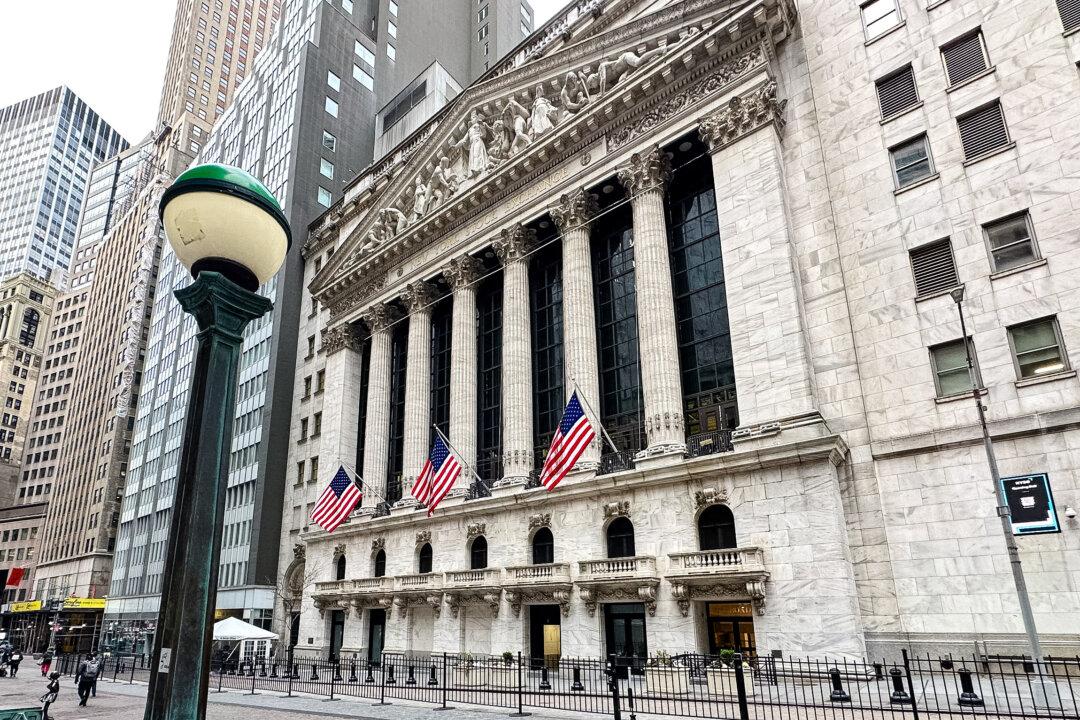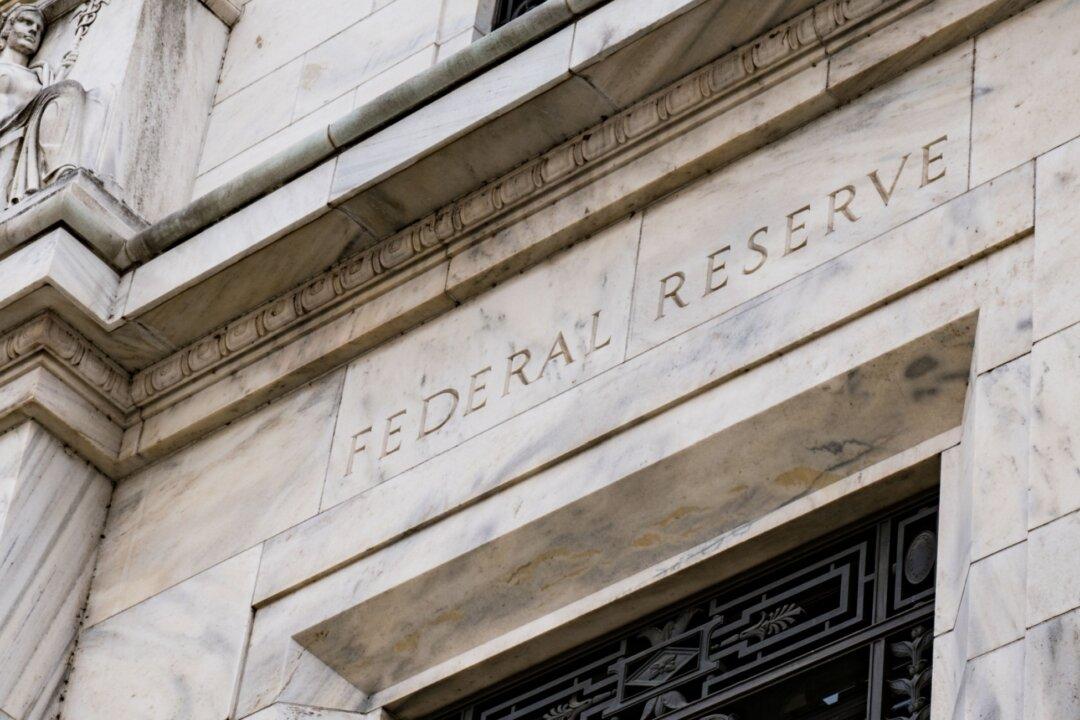Commentary
Various U.S. government agencies announced some surprisingly disappointing economic indicators and other news this week. The data revealed that the U.S. economy is not doing nearly as well as expected. First-quarter 2024 gross domestic product (GDP) growth came in at an anemic 1.6 percent. This was the lowest quarterly rate of economic growth since 2022, and well below analyst expectations of 2.5 percent. At the same time, with the GDP release came news that the core personal consumption expenditures (PCE) price index (a measure of inflation preferred by central bankers) had blown out, increasing from 2 percent to 3.7 percent in the first quarter.





